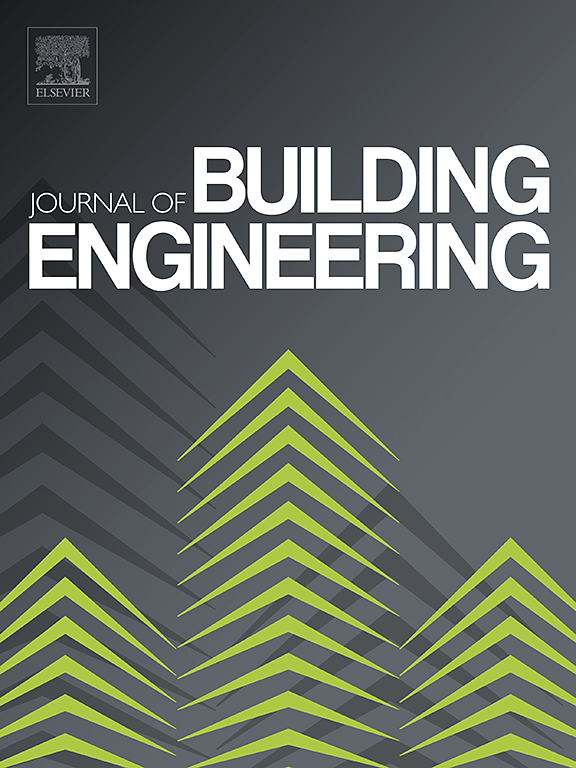AI-driven short-term load forecasting enhanced by clustering in multi-type university buildings: Insights across building types and pandemic phases
IF 6.7
2区 工程技术
Q1 CONSTRUCTION & BUILDING TECHNOLOGY
引用次数: 0
Abstract
Accurate forecasting of electricity demand is pivotal for optimizing energy management in smart buildings and propelling the advancement towards net-zero goals. However, scalable, accurate, and robust building load prediction models are scarce in educational campuses, whose diverse functions and consumption patterns, resembling large-scale urban environments, are often hindered by data scarcity and lack of cross-building heterogeneity analysis. This study presents an AI-based short-term building load forecasting framework integrating K-means clustering with BiLSTM regression, tailored for various energy consumption patterns across different building types. The model requires no auxiliary variables and is adaptable to both regular operational conditions and disruptions caused by the COVID-19 pandemic. The clustering-enhanced model adeptly identifies unique energy consumption patterns and significantly improves prediction accuracy, with a 3.65 % increase in mean R求助全文
约1分钟内获得全文
求助全文
来源期刊

Journal of building engineering
Engineering-Civil and Structural Engineering
CiteScore
10.00
自引率
12.50%
发文量
1901
审稿时长
35 days
期刊介绍:
The Journal of Building Engineering is an interdisciplinary journal that covers all aspects of science and technology concerned with the whole life cycle of the built environment; from the design phase through to construction, operation, performance, maintenance and its deterioration.
 求助内容:
求助内容: 应助结果提醒方式:
应助结果提醒方式:


